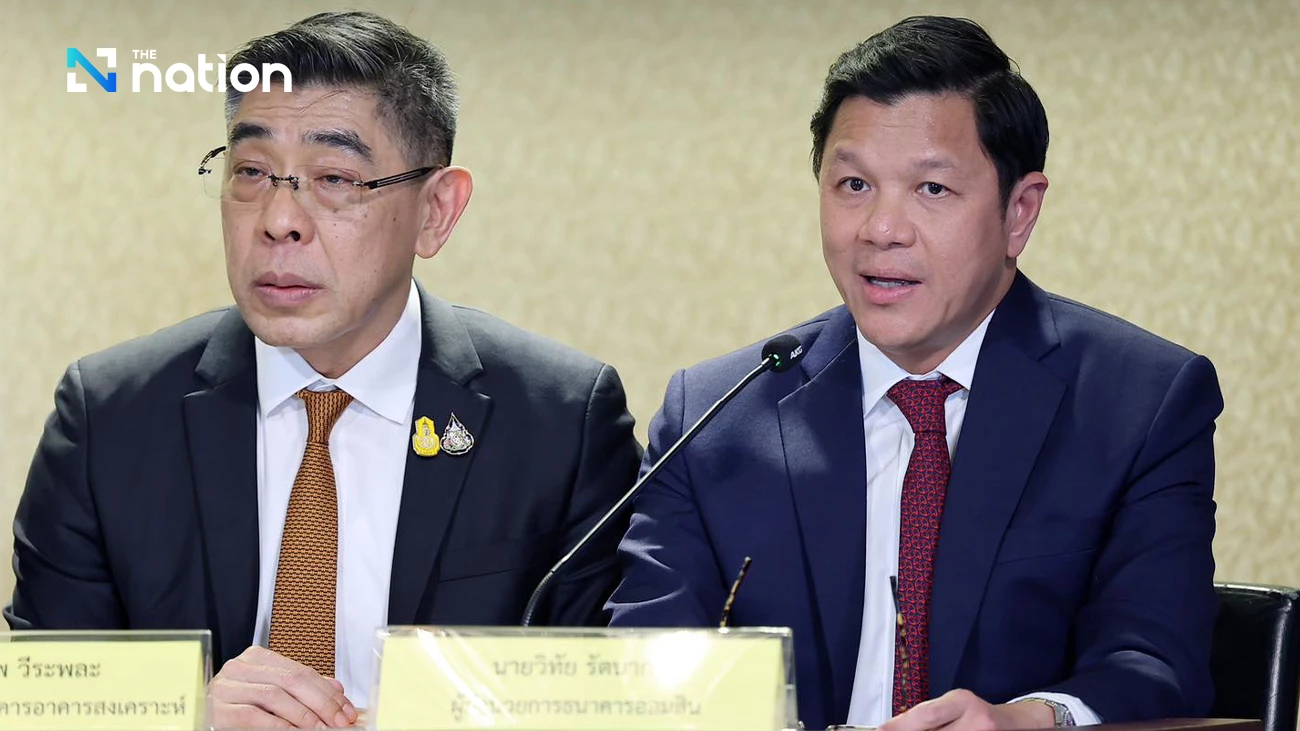Growth outlook for emerging Asia still relatively strong, Fitch says

ECONOMIC activity in the Asia-Pacific region will broadly hold up well, even as many emerging-market Asia (EM Asia) countries are severely hit by persistently sluggish world trade due to their relative openness, Fitch Ratings says.
The outlook for EM Asia sovereign ratings in 2017 is “stable”, but potential vulnerabilities include increased protectionism, a stronger US dollar and higher political risk across both advanced and emerging economies.
Nine of the 11 Fitch-rated EM Asia sovereigns currently carry a “stable” outlook.
The median of Fitch’s real GDP growth forecasts in 2017 for the 11 EM Asia countries it rates is 5.5 per cent, substantially higher than in other regions (3.5 per cent for EM Middle East and Africa, 2.9 per cent for EM Latin America and 2.8 per cent for EM Europe).
Without China, which makes up 69 per cent of the region’s gross domestic product, the weighted average growth is expected to be 6.3 per cent in 2017 and 6.4 per cent in 2018, from 5.9 per cent in 2016.
All EM Asia entities except Mongolia are expected to grow faster than the medians of their rating categories.
Global trade in 2017 will present limited upside for EM Asia and a long-term growth impetus presented by the Trans-Pacific Partnership now seems off the table after President-elect Donald Trump said the US would pull out of the agreement. Some Asian countries, such as Vietnam, were expected to gain substantially from the TPP.
It is unclear to what extent regional alternatives, such as the China-led Regional Comprehensive Economic Partnership, can make up for this loss.
Domestic sources of growth include an infrastructure boost and the implementation of ambitious reform agendas in some Asian economies, such as India and Indonesia.
Room for monetary and fiscal policy easing differs from country to country. Limited room seems to exist in EM Asia for a policy rebalancing from monetary to fiscal stimulus similar to what Fitch expects in advanced economies.
Among EM Asia entities, Fitch expects a widening of the fiscal balance in 2017 only in the Philippines (to minus-3.0 per cent of GDP in 2017 from minus-2.4 per cent of GDP in 2016).
Public debt levels are high in some countries, such as India, and credible fiscal policy rules prohibit further fiscal stimulus in Indonesia.
A strong US dollar in 2017, which Fitch anticipates, amid signs of the US Federal Reserve’s intentions to raise interest rates, and increased public spending in the United States, could weigh on economies with large external refinancing needs and/or those that rely heavily on foreign-currency-denominated debt.
A strong dollar has already weakened the external-debt dynamics of Mongolia and Sri Lanka – exacerbated by low commodity prices in Mongolia’s case – and the combination of this and severe fiscal slippage prompted Fitch to downgrade both sovereigns this year.
EM Asia countries are relatively exposed to a severe China slowdown scenario, though that is not Fitch’s base case. Vulnerabilities are building up further in China, as policy settings continue to prioritise rapid growth over macroeconomic stability and debt levels across the economy continue to rise, at least until 2018.
However, Fitch says it believes China still has the administrative and financial resources to address these imbalances without a disorderly adjustment, even though its capacity to do so diminishes with time if not addressed.





